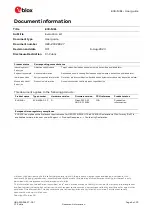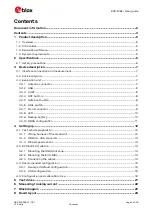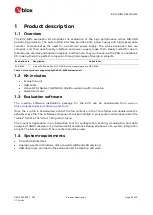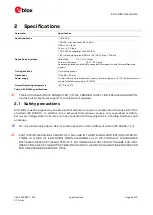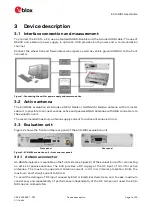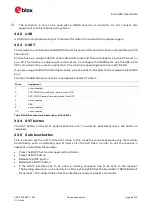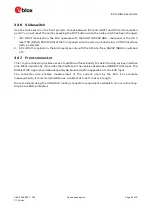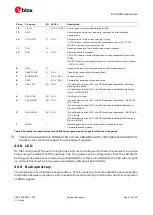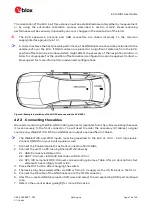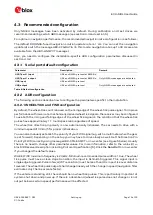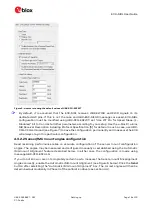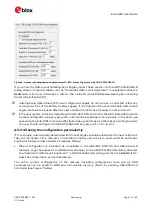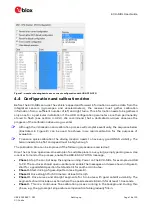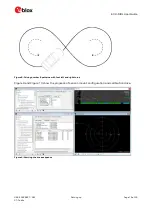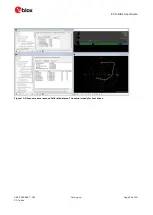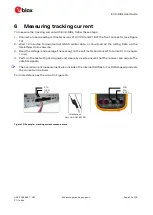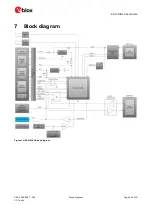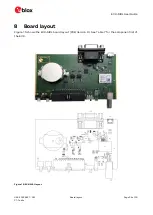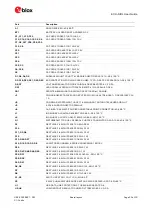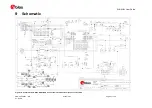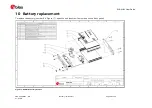
EVK-M8L User Guide
UBX-20028627 - R01
Setting up
Page 13 of 33
C1-Public
4.1.2
OBD-II to VSS converter
Connect a device, such as the BCI-6 from Beijer Automotive BV, to the CAN bus of your vehicle. The
location of the CAN interface can be found, for example, from the database maintained by Beijer
Automotive BV. Often the CAN bus is available on the OBD-II diagnostics connector. The BCI-6 will
read the speed and direction information from the CAN bus, and convert these to wheel tick pulses
and direction signals. The wheel tick pulse is available on the SPEED output connector of the BCI-6
and the direction signal is available on the REVERSE connector.
The BCI-6 unit is compatible with a wide range of vehicles using high-speed CAN and low-speed CAN.
A full list of supported vehicles can be found from the Beijer Automotive BV website.
4.1.3
Wheel speed sensor
Alternatively you can use a wheel speed sensor connected to the hub of a wheel. We recommend
connecting to a rear wheel. Note that the wheel tick from one wheel does not exactly describe the
speed of the reference point (mid-read axle) in turns. However, even one wheel provides sufficiently
good measurement for most evaluation purposes. Several manufacturers offer these sensors, for
example, Peiseler GmbH and PEGASEM Messtechnik GmbH.
Figure 3: WSS2 wheel speed sensor from PEGASEM Messtechnik GmbH. WSS2 provides wheel tick and direction signals.
4.2
EVK-M8L installation
The EVK-M8L ships with an active GPS / GLONASS / BeiDou magnetic mount antenna with a 3-meter
cable.
The following sections describe the steps required to complete the EVK-M8L hardware installation.
4.2.1
Mounting the GNSS antenna
Attach the antenna to the car; for the best performance, attach it on the roof as shown in Figure 4.
Bring the antenna cable in through the window or door. Be careful not to damage the antenna cable.
4.2.2
Mounting the EVK-M8L
The EVK-M8L should be firmly attached to the car body so as to avoid any movement or vibration
with respect to the car body. The EVK should not be attached to any ‘live’ (unsprung) part of the
vehicle’s suspension. Often it is enough to use strong double-sided tape or Velcro tape glued to the
bottom of the EVK-M8L casing. If necessary, mounting brackets may be attached using the end-
plate retaining bolts (M3). The EVK must be secured against any change in position and particularly
its orientation with respect to the vehicle frame.


